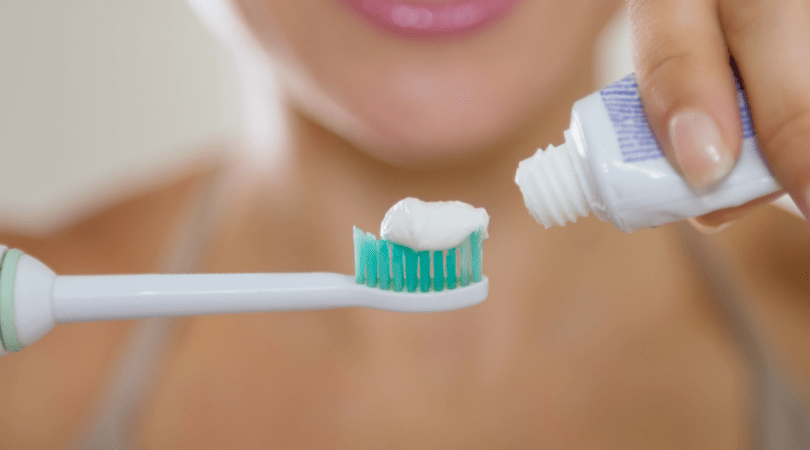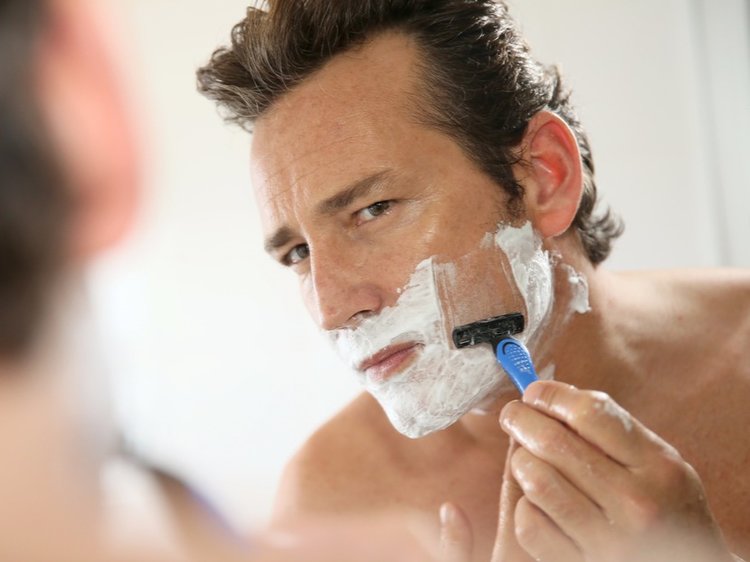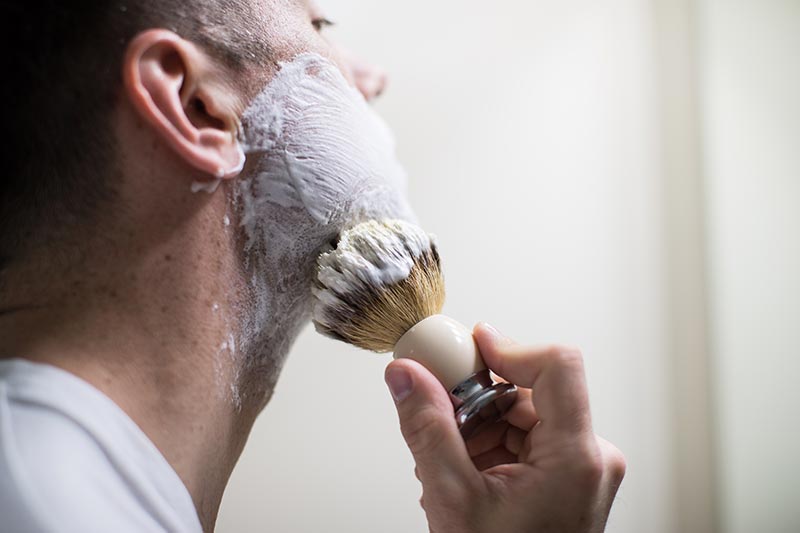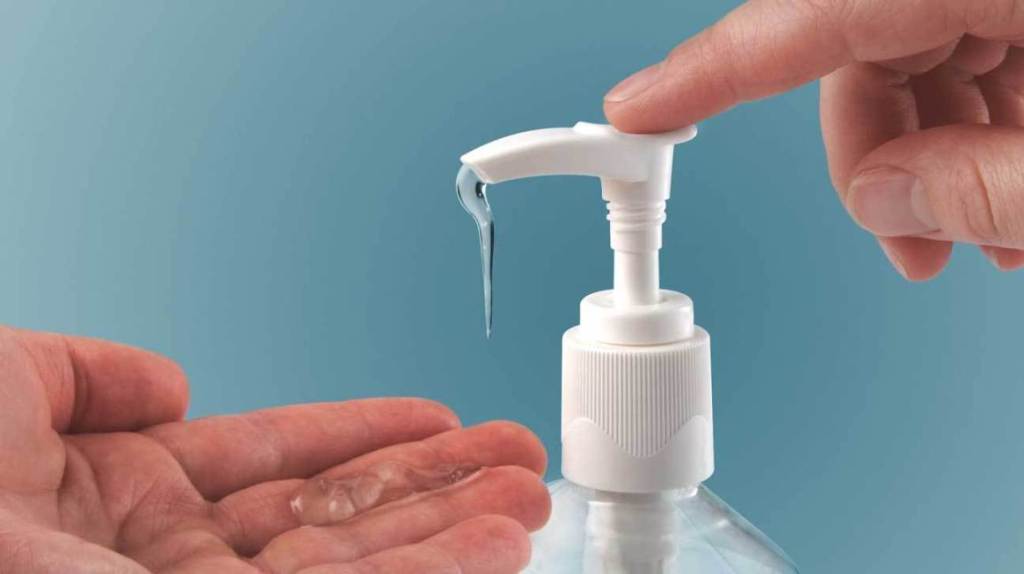(Photo: Getty Creative)
If you’ve never thought of the massively negative impacts of consumerism on widely varied items and products to our society and especially the planet, now is the time. Better late than never. There are many global scale facts and figures already available on the internet, collected and researched by governments, academia, companies, NGOs, organizations, and many more for you to be able to see the bigger pictures.
As for know, from those widely varied items and products, we’ve compiled some of them which are in the sanitary and hygiene area for you to start using them thoughtfully and eco-consciously. Noted that limiting, stopping, reducing, or recycling the use of already owned things is more advised than buying new things. But there are exceptions when taking the long term costs and benefits of things into account.
Also, there is no such thing as the perfectly combined of sustainably produced, environmentally friendly, carbon zero, and cruelty-free items or products. We just couldn’t achieved it altogether and at the same time. Some may have multiple benefits but still, logically and theoretically, we can’t create things from nothing. It will always use the already available energy and resources.
So think of what cause you wanted more to support and what benefits you want to gain. Is it to stopping the environmental impacts on the oceans or reducing your carbon footprints, is it to lowering your energy bills and grocery budget or making and having everything healthy, vegan, and cruelty-free?
1. Toothpaste and mouthwash

Using a toothpaste (Photo: River Run Dental)
Purchasing and using a toothpaste or mouthwash is part of our routine, concerning our oral health and appearance. In the UK, there are around 100 different brands of toothpaste offered in the market in 2015. Many commercial products contain a lot of toxic chemicals, palm oil, microbeads, and testing on animals.
Toxic chemicals like sodium lauryl sulfate and triclosan harm our health and the environment. Palm oil is linked to mass deforestation and serious violations of human rights. Microbeads are tiny pieces of plastics that is disastrous for marine life. Concerning animals, 80% of the world still permits animal testing for cosmetics. In China, it’s legally required by law and in the EU it’s already banned.
To start using toothpaste and mouthwash products eco-consciously is to use it as efficient as possible, to know and choose the available options on a more sustainably produced and environmentally friendly toothpaste and mouthwash, and to make it as zero waste as possible.
When buying toothpaste or mouthwash, avoid products that contain toxic chemicals, palm oil, microbeads, and testing on animals. Instead, look for products that are guaranteed and certified to be organic, palm oil free, fluoride-free, vegan, and cruelty-free. You can also make your own toothpaste using bicarbonate soda and water.
Moreover, you can check this consumer guide on toothpaste by Ethical Consumer, UK’s leading alternative consumer organization. They investigate, score, and rank 30 toothpaste and mouthwash brands from their companies’ ethical and environmental record.
2. Shaving lubricants

Using a shaving cream (Photo: Shutterstock)
Shaving lubricants are used to soften the hair by providing lubrication before shaving It comes in many forms such as foam, cream, gel, and soap. Many commercial products contain a lot of toxic chemicals, palm oil, microbeads, animal products, and testing on animals.
Toxic chemicals like sodium lauryl sulfate, parabens, phthalates, and triclosan harm our health and the environment. Palm oil contributes to forest deforestation and habitat fragmentation. Microbeads harm marine animals when ingested. Many shaving foams and gels could contain animal products like honey. And animal testing could induce pain and suffering for the animals.
To start using shaving lubricant products eco-consciously is to use it as efficient as possible, to know and choose the available options on a more sustainably produced and environmentally friendly shaving lubricant, and to make it as zero waste as possible.
When buying shaving lubricants, avoid products that contains toxic chemicals, palm oil, microbeads, and testing on animals. Instead, look for products that are guaranteed and certified to be organic, palm oil free, vegan, cruelty-free, and use biodegradable packaging. You can also make your own shaving lubricants using olive oil.
Moreover, you can check this consumer guide on shaving gel and foam by Ethical Consumer, UK’s leading alternative consumer organization. They investigate, score, and rank 32 shaving gel and foam brands from their companies’ ethical and environmental record.
3. Shaving brushes

Badger brush (Photo: Rob McIver/He Spoke Style)
Shaving brushes are used in wet shaving. It’s used to ensure your face is well lathered before shaving. It gives better results than dry shaving. Shaving brushes come in many types which are badger brush, boar brush, horse brush, and synthetic brush like nylon bristle brush.
Some said that the best quality shaving brushes are the ones made from badger hair. Natural brushes like badger brush will easily give way to damage. There is a concern about using badger brush that it could increase the demand for badger fur and threatening the badger population.
On the other hand, synthetic brushes like nylon bristle brush are made from plastic. They last longer than natural brushes. It’s non-absorbent so it takes minimal water and soap to start lathering.
So, neither natural nor synthetic brushes are sustainable enough to make, purchase, and use. To use shaving brushes more eco-consciously is to extend its lifespan as long as possible and to know and choose the available options on a more sustainably produced and environmentally friendly shaving brushes.
If you want it to be vegan, chose synthetic brushes. if you want it plastic-free, chose natural brushes and are cruelty-free. If you don’t want to choose between them, don’t use shaving brushes and do dry shaving instead with an eco-friendly type of razor and/or eco-friendly type of shaving foam or gel.
4. Razors & Shavers

Electric shavers (Photo: Askmen)
The most commonly sold razors are consists of a reusable plastic handle and a disposable blade cartridge. A disposable plastic-handled razor is cheaper but adds more waste to the landfills. In the US, 2 billion disposable razors are discarded every year. Meanwhile, in the UK, nearly £350 million (450 million dollars) is spent on razors annually.
Razor or shaver made from plastic means it used petroleum in plastic production and will create plastic waste later. For the disposable blade cartridges, there is currently no available recycling programs insight. Electric shaver might contain conflict minerals. It’s simply minerals that helped fund conflict in some countries and are often extracted using child labor.
To start using razors and shavers products eco-consciously is to extend its lifespan as long as possible, to know and choose the available options on a more sustainably produced and environmentally friendly razors and shavers, and to make it as less waste as possible.
When buying razors or shavers, avoid products that are single-use and disposable, non-recyclable, and contain conflict minerals. Instead, look for products that can be reused, made from recycled plastic or better yet steel and use biodegradable packaging. For electric razors, it’ll cut down on plastic use and don’t require any shaving foams or gels, but it’ll require power from electricity. Choose the most energy-efficient one.
Moreover, you can check this consumer guide on razors and shavers by Ethical Consumer, the UK’s leading alternative consumer organization. They investigate, score, and rank 13 razors and shavers brands from their companies’ ethical and environmental record.
5. Hand sanitizers

Applying a hand sanitizer (Photo: Pinterest)
The use of hand sanitizer is medically recommended for health concerns. Studies have shown clear benefits to decrease illnesses by preventing bacteria growth in our hands. It comes in many forms such as gels, sprays, and wipes.
Many sanitizers contain toxic chemicals like triclosan, phthalates, and parabens. Their environmental concern is that most hand sanitizer comes in small plastic bottles which means plastic waste. It also has a low recycling rate. A sanitizer bottle is made of thicker plastics than a disposable water bottle which means take longer time to break down.
To start using hand sanitizer products eco-consciously is to know and choose the available options on more environmentally friendly hand sanitizers, and to make it as less waste as possible. Making them on your own is also possible, for example using tea tree oil.
The alternative to small plastic bottles hand sanitizer is by using hand sanitizer dispensers. Before purchasing any, opt to a certified organic, vegan, animal testing-free, and non-GMO verified hand sanitizers. Also, the one made of 100% recycled plastics.
Last updated on January 8, 2020
Next: References


Quite thoughtful… good work…
LikeLiked by 1 person
Thank you!
LikeLiked by 1 person
Excellent list. I am going to try to reduce my use of all the ones that are applicable.
LikeLiked by 1 person
Thanks! That’s wonderful!
LikeLiked by 1 person
Thank you
LikeLiked by 1 person
You’re welcome!
LikeLike